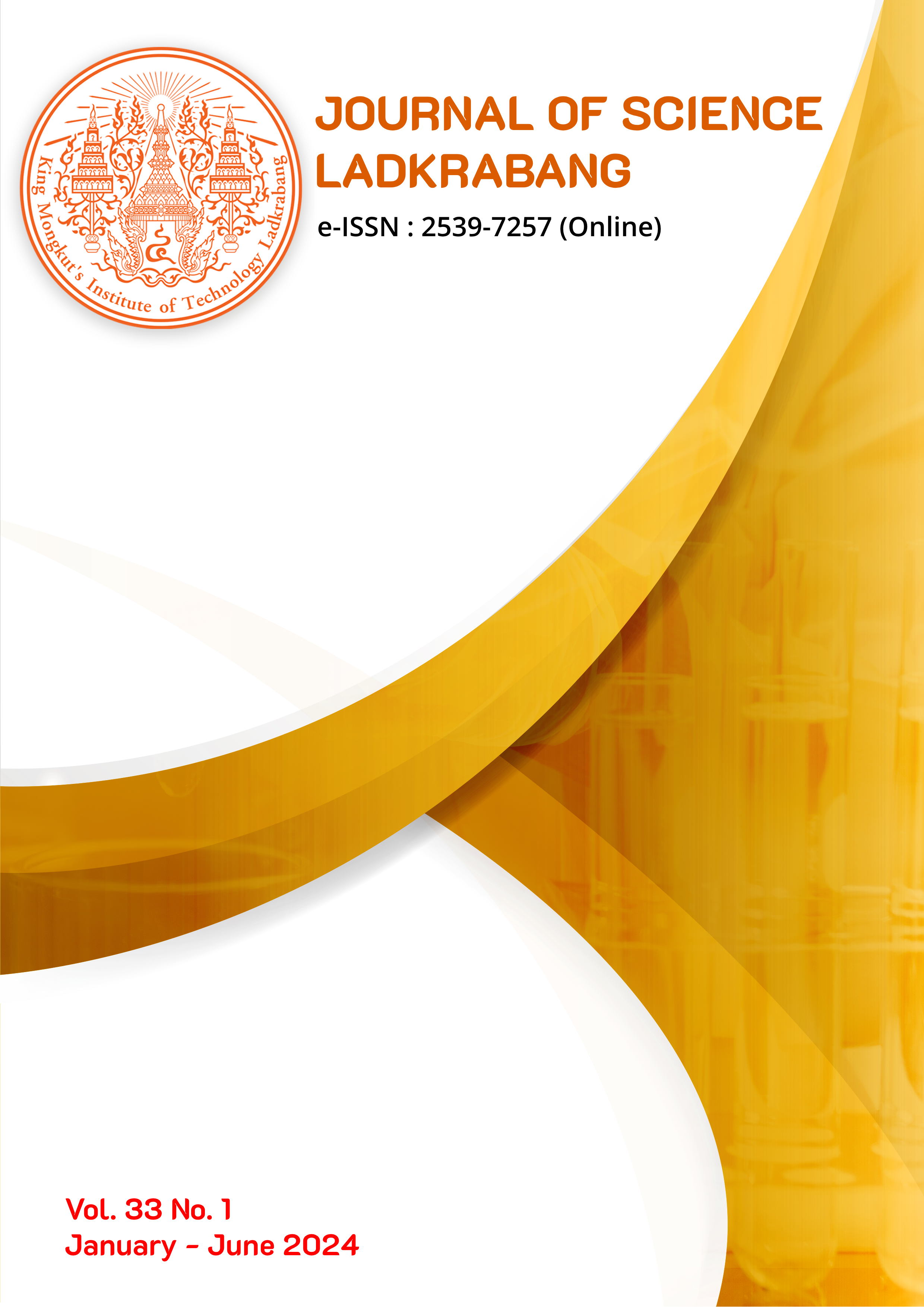On the Diophantine Equation p^x+(p+1)^y=z^2, where p is Prime
Main Article Content
Abstract
In this paper, we study all non-negative integer solutions of the Diophantine equation , where
is a prime number. The research results showed that 1) If
, then the equation has only two solutions, namelyy
, 2) if
, then the equation has only solutions in the form of
or
, where
is a positive integer, 3) if
, then the equation has only two solutions, namely
, 4) if
and
is even, then the equation has no solution, and 5) if
, then the equation has only one solution. That is
.
Article Details

This work is licensed under a Creative Commons Attribution-NonCommercial-NoDerivatives 4.0 International License.
References
Sroysang, B. 2012. On the Diophantine equation 31^x+32^y=z^2. International Journal of Pure and Applied Mathematics, 81(4), 609-612.
Sroysang, B. 2013. On the Diophantine equation 7^x+8^y=z^2. International Journal of Pure and Applied Mathematics, 84(1), 111-114, http://doi.org/10.12732/ijpam.v84i1.8.
Chotchaisthit, S. 2013. On the Diophantine equation p^x+(p+1)^y=z^2 where p is a Mersenne prime. International Journal of Pure and Applied Mathematics, 88(2), 169-172, http://doi.org/10.12732/ijpam.v88i2.2.
Suvarnamani, A. 2014. On the Diophantine equation p^x+(p+1)^y=z^2. International Journal of Pure and Applied Mathematics, 94(5), 689-692, http://doi.org/10.12732/ijpam.v94i5.5.
Burshtein, N. 2019. A note on the Diophantine equation p^x+(p+1)^y=z^2. Annals of Pure and Applied Mathematics, 19(1), 19-20, http://doi.org/10.22457/apam.596v19n1a3
Sandhya, P. and Pandichelvi, V. 2021. Exploration of solutions for an exponential Diophantine equation p^x+(p+1)^y=z^2. Turkish Journal of Computer and Mathematics Education, 12(1S), 659-662,
Mihailescu, P. 2004. Primary cyclotomic units and a proof of Catalan’s conjecture. Journal für die Reine und Angewandte Mathematik, 572, 167-195, https://doi.org/10.1515/crll.2004.048.
Chotchaisthit, S. 2012. On the Diophantine equation 4^x+p^y=z^2 where p is a prime number. American Journal of Mathematics and Sciences, 1(1), 191-193.
Sroysang, B. 2013. More on the Diophantine equation 2^x+3^y=z^2. International Journal of Pure and Applied Mathematics, 84(2), 133-137, http://doi.org/10.12732/ijpam.v84i2.11.

